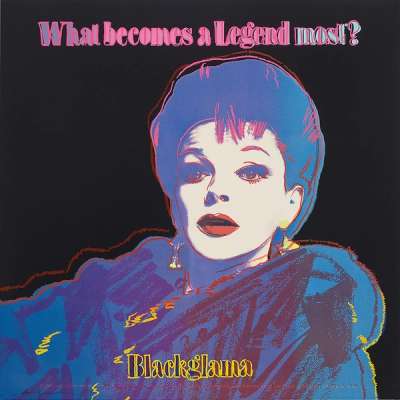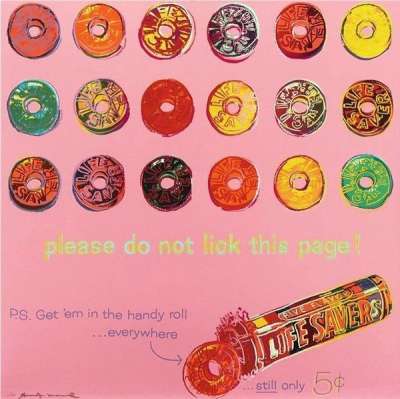
Mobilgas (F. & S. II.350)

Mobilgas (F. & S. II.350)
Signed Print
Andy Warhol
£50,000-£80,000Value Indicator
$100,000-$170,000 Value Indicator
$90,000-$150,000 Value Indicator
¥470,000-¥760,000 Value Indicator
€60,000-€90,000 Value Indicator
$500,000-$800,000 Value Indicator
¥9,340,000-¥14,940,000 Value Indicator
$60,000-$100,000 Value Indicator
AAGR (5 years) This estimate blends recent public auction records with our own private sale data and network demand.
There aren't enough data points on this work for a comprehensive result. Please speak to a specialist by making an enquiry.
Medium: Screenprint
Edition size: 190
Year: 1985
Size: H 95cm x W 95cm
Signed: Yes
Format: Signed Print
TradingFloor
Track this artwork in realtime
Watch artwork, manage valuations, track your portfolio and return against your collection
Track auction value trend
Auction Results
| Auction Date | Auction House | Location | Hammer Price | Return to Seller | Buyer Paid |
|---|---|---|---|---|---|
| October 2023 | Sotheby's New York | United States | |||
| April 2023 | Sotheby's New York | United States | |||
| April 2023 | SBI Art Auction | Japan | |||
| April 2022 | Phillips New York | United States | |||
| May 2021 | Bonhams New York | United States | |||
| June 2020 | Bonhams New York | United States | |||
| December 2019 | Bonhams New Bond Street | United Kingdom |
Meaning & Analysis
Printed in 1985, Mobilgas (f & S. II. 350) is a screen print by Andy Warhol that captures Warhol’s fascination with American commercial culture. The print features the Mobilgas logo rendered on a white sign against a blue backdrop. Yellow gestural lines contrast with the red body of the mythical winged horse, Pegasus, in the centre print. The colour contrast accentuates the body of the creature originating from Greek mythology, making it the focal point of the print. This technique adds depth to the screen print which differs from the flat style of Warhol’s earlier, more ‘mechanic’ prints, such as the Campbell’s Soup series.
Mobilgas (F. & S. II. 350) is one of a series of ten screen prints in Warhol’s Ads series, produced by the artist two years before his death. The inspiration for this series can be traced back to Warhol’s early career as a commercial illustrator in New York which sparked his interest in commercial and consumer culture. Printed on Lenox Museum Board, this print exemplifies how Warhol transformed corporate advertisements from the 1950s into desirable works of art. Elevating everyday advertisements to the status of art, Warhol breaks down the boundary between high and low culture, prompting one to consider what can be classified as art.
Warhol’s use of bold and vibrant colours in this print reflects a characteristic element of his artistic style. Warhol adopts everyday and commonplace imagery but reinvigorates these quotidian images with colour, turning ordinary objects and symbols into Pop Art icons.
Andy Warhol was a leading figure of the Pop Art movement and is often considered the father of Pop Art. Born in 1928, Warhol allowed cultural references of the 20th century to drive his work. From the depiction of glamorous public figures, such as Marilyn Monroe, to the everyday Campbell’s Soup Can, the artist challenged what was considered art by blurring the boundaries between high art and mass consumerism. Warhol's preferred screen printing technique further reiterated his obsession with mass culture, enabling art to be seen as somewhat of a commodity through the reproduced images in multiple colour ways.









